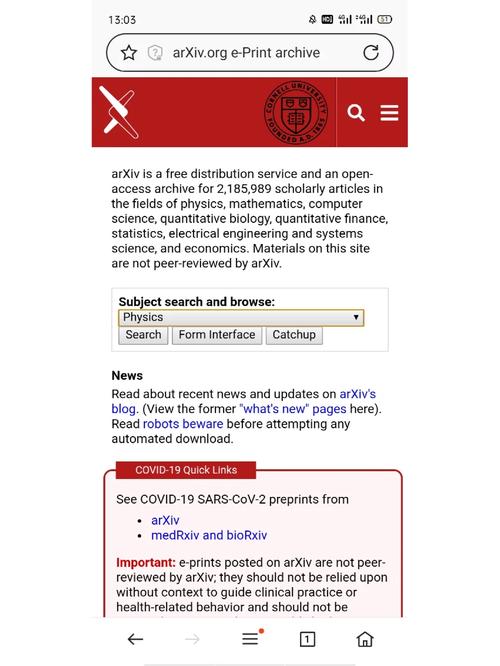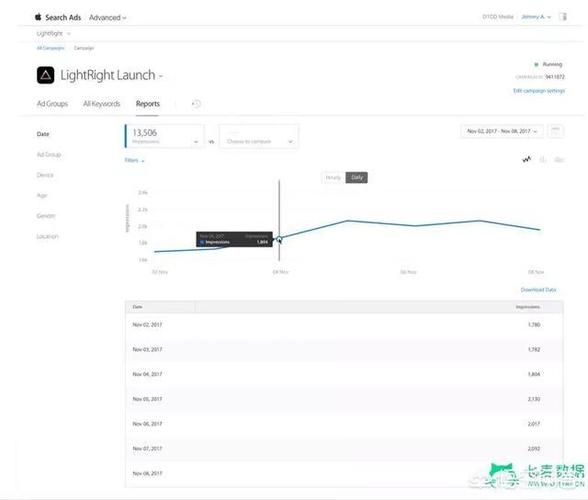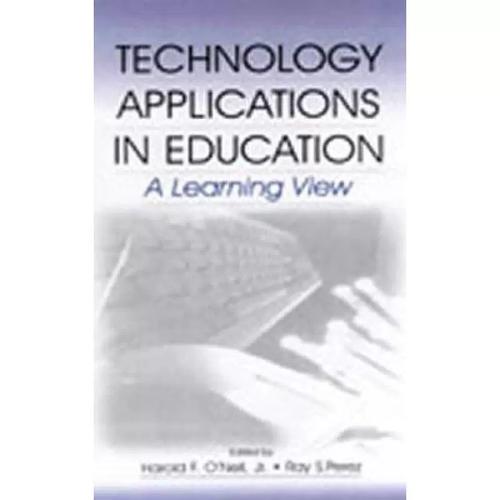Harding University Search AR: A Comprehensive Overview
Are you curious about the innovative ways in which Harding University is integrating technology into its educational experience? Look no further! In this article, we delve into the details of Harding University’s Search AR initiative, exploring its various dimensions and the impact it has on students and faculty alike.
What is Search AR?

Search AR, short for Augmented Reality Search, is a cutting-edge technology that allows users to interact with digital information overlaid on the real world. At Harding University, this technology is being utilized to enhance the learning experience, making it more engaging and interactive.
How Does Search AR Work?

Search AR utilizes a combination of cameras, sensors, and software to create a seamless blend of the digital and physical worlds. When a student or faculty member points their device at a specific location or object, the app recognizes it and displays relevant information in real-time.
Applications in Education

Harding University has implemented Search AR in various ways across different disciplines. Here are some notable examples:
| Discipline | Application |
|---|---|
| History | Students can explore historical landmarks and events by pointing their devices at relevant locations on campus. |
| Science | Students can visualize complex scientific concepts, such as molecular structures, by using Search AR to overlay digital models onto physical objects. |
| Art | Students can create and manipulate digital art directly on physical surfaces, allowing for a more hands-on approach to artistic expression. |
| Business | Students can simulate business scenarios and analyze data in real-time, providing a more practical learning experience. |
Benefits of Search AR
Search AR offers numerous benefits to both students and faculty at Harding University:
-
Increased engagement: The interactive nature of Search AR makes learning more engaging and enjoyable for students.
-
Enhanced understanding: Visualizing complex concepts in real-time can help students grasp difficult ideas more easily.
-
Improved collaboration: Students can work together on projects by sharing their Search AR experiences.
-
Accessibility: Search AR can make learning more accessible for students with disabilities, as it allows them to interact with digital information in a more intuitive way.
Training and Support
Harding University recognizes the importance of providing adequate training and support for students and faculty to effectively utilize Search AR. As such, the university offers workshops, tutorials, and one-on-one assistance to ensure that everyone can make the most of this innovative technology.
Future Developments
Harding University is continuously exploring new ways to integrate Search AR into its curriculum. Some potential future developments include:
-
Expanding the number of disciplines that utilize Search AR.
-
Developing new applications and features for the Search AR platform.
-
Collaborating with other institutions to share best practices and resources.
Conclusion
Harding University’s Search AR initiative is a testament to the university’s commitment to embracing technology and enhancing the learning experience. By providing students and faculty with innovative tools like Search AR, Harding University is setting the stage for a more engaging, interactive, and accessible education.



